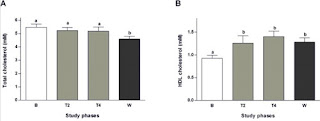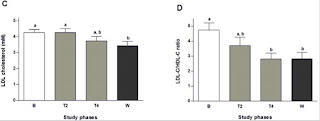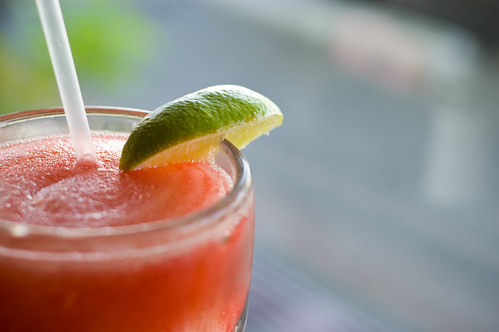Want to Increase Your HDL Cholesterol by 50%? Sage Tea May Be the Answer

Common sage tea increases HDL and reduces LDL. (Photo by Kelly Johnson)
Salvia officinalis, also known as common sage or garden sage, has been used for hundreds of years both for cooking and healing purposes. It's the variety you can find in most grocery stores – not to be confused with the psychoactive herb Salvia divinorum.
While you might not get hallucinations from common sage, it does have a wide range of health benefits. For instance, sage is commonly used for its antibiotic and antispasmodic properties. In medieval times, sage was generally associated with longevity.
One less well known use for common sage is cholesterol. Nonetheless, a 2009 pilot trial with six healthy female volunteers (aged 40–50) looked at how drinking sage tea would affect their blood glucose regulation and lipid profiles (link). They also evaluated the antioxidant properties of sage tea.
To prepare the tea, 300 mL of boiling water was poured over 4 grams of dried Salvia officinalis plant material and allowed to steep for 5 minutes. Each participant drank the tea twice a day for four weeks.
The graphs above show total cholesterol (A) and HDL cholesterol levels (B) of the participants at baseline (white bar), after two weeks, after four weeks (grey bars) and after a two-week washout period (black bar).
While total cholesterol decreased only marginally after two and four weeks of drinking sage tea, there was a 16% drop in total cholesterol two weeks after the treatment ended. HDL cholesterol, on the other hand, increased after just two weeks. After four weeks, HDL levels were up by ~50%. Two weeks later, they were still ~38% higher than at baseline.
The graphs above show the LDL cholesterol levels and LDL/HDL ratios of the participants. There was a gradual reduction in LDL levels during and after treatment, with a ~20% drop seen after the two-week washout period. Consequently, the LDL/HDL ratio improved throughout the four weeks and remained significantly better after the washout period compared to baseline.
Although the sample size is very small, and this was a non-randomized crossover trial, the figures look very promising. I mean, a 50% increase in HDL in just four weeks? Where else are you going to see improvements like that in healthy people?
The authors also evaluated the antioxidant properties of sage tea by measuring erythrocyte antioxidant status. Both superoxide dismutase (SOD) and catalase (CAT) activity increased significantly after two weeks. Unlike the effect on cholesterol levels, however, there was no significant difference after four weeks compared to baseline. It would be interesting to see a comparison between drinking sage tea daily and cycling it. Who knows, maybe something like two weeks on, two weeks off would be better than drinking it constantly.
Although it has been suggested that sage improves glucose tolerance and insulin sensitivity, the results of oral glucose tolerance tests did not change after four weeks of drinking sage tea. While the participants were healthy, they did belong to a risk group for developing pre-diabetes based on their age. It may be that sage is helpful in those who are already pre-diabetic or diabetic but not in healthy people. On the other hand, the expression of the heat shock protein Hsp70, which is involved in insulin sensitivity, increased by 2.8-fold in lymphocytes after two weeks and remained elevated after the washout period.
For more information on improving HDL and reducing LDL, see these posts:
Hibiscus Tea Increases HDL, Lowers LDL and Triglycerides
Anthocyanins from Berries Increase HDL and Lower LDL
Low-Carb vs. Low-Fat: Effects on Weight Loss and Cholesterol in Overweight Men
Niacin Raises HDL, Lowers LDL, VLDL & Triglycerides
Read More......












